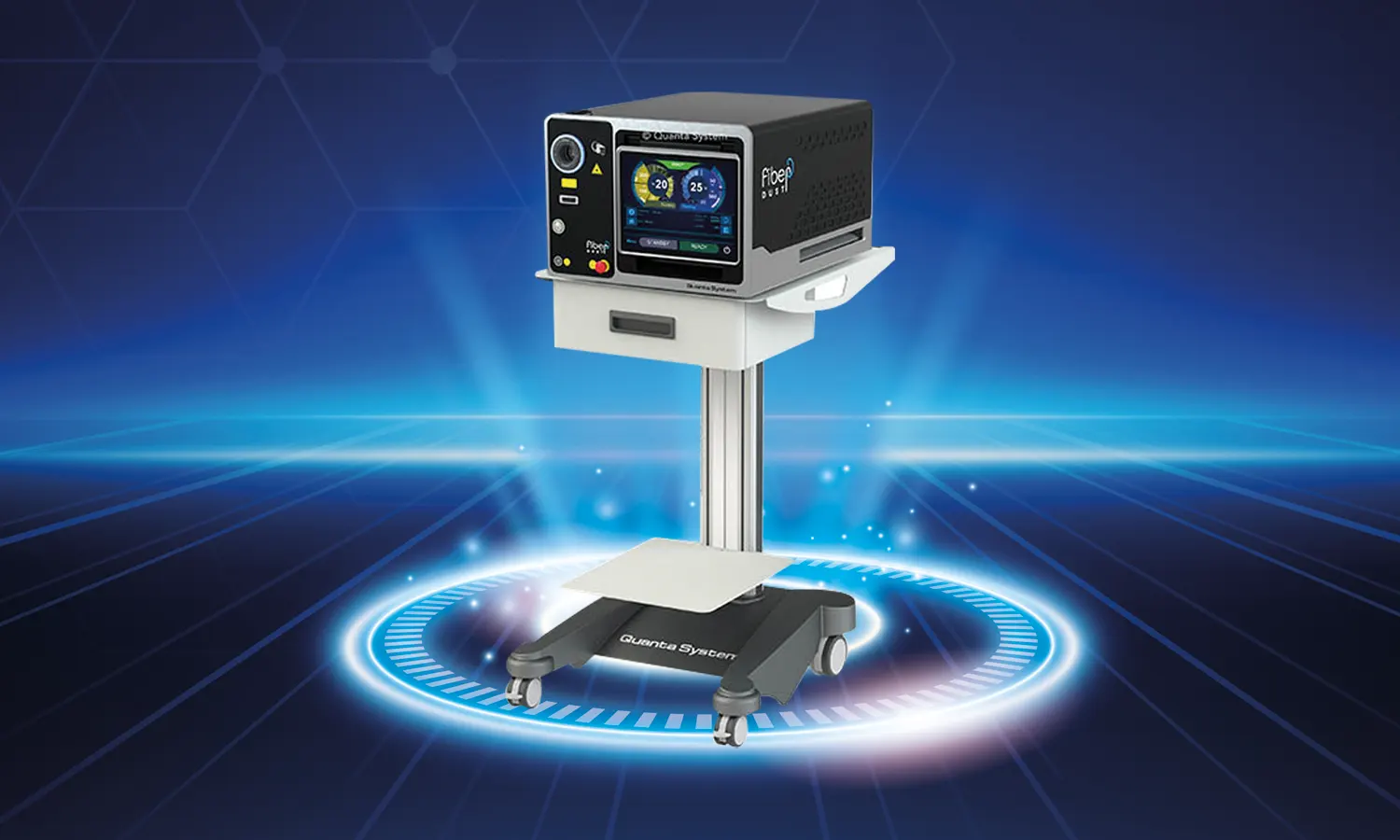- Call Today +90 537 762 59 24
- Open Hour Open 24 Hours

Thulium lasers have emerged as a revolutionary force in the surgical landscape, introducing advancements that transcend traditional approaches. From prostatectomy to cystoscopy and lithotripsy, these lasers have found versatile applications across a spectrum of surgical procedures, redefining standards in terms of precision, efficiency, and patient outcomes.
The utilization of thulium lasers spans diverse surgical realms. Prostatectomy, a procedure involving the removal of the prostate gland, benefits significantly from the precision and reduced tissue damage that thulium lasers offer. Cystoscopy, an examination of the bladder utilizing an endoscope, and lithotripsy, the process of breaking down kidney stones, also harness the power of thulium lasers.
At the core of thulium lasers lies a sophisticated mechanism. These lasers employ holmium, yttrium, aluminum, garnet (YAG) laser light with a specific wavelength to cut through tissue. What sets them apart is their capability to emit a higher energy beam, enhancing their efficacy in surgical interventions. This elevated energy output translates into reduced pain for patients and accelerated recovery times.
The effectiveness of thulium lasers extends beyond their applications to the core characteristics that make them stand out. In cosmetic procedures such as skin resurfacing, hair removal, and tattoo removal, as well as in ophthalmic surgeries, thulium lasers showcase their ability to penetrate deeper into the body. This characteristic makes them particularly adept at cutting through bone and soft tissue, enhancing their utility in diverse surgical scenarios.
Thulium lasers bring a host of advantages over conventional laser technologies. Firstly, their emission of light at a wavelength not absorbed by water allows surgeons to execute precise cuts without causing damage to surrounding tissues. Additionally, these lasers prove to be cost-effective, requiring fewer energy pulses to achieve the same level of precision as their counterparts. Safety is another hallmark, as thulium lasers do not generate heat, eliminating the risk of burning adjacent tissue. The net result is surgeons being empowered to conduct procedures with heightened accuracy and speed.
The operational dynamics of thulium lasers involve the utilization of excimer gas to generate ultraviolet (UV) light, setting in motion a cascade of events. This UV light activates yttrium aluminum garnet (YAG), a crystal that absorbs the UV light and emits visible red light. The focused red light is then directed onto the patient's skin surface, absorbed by blood vessels. As the vessels absorb the light, controlled heating occurs, leading to their rupture and controlled bleeding. Subsequent to halting the bleeding, the surgeon employs a scalpel to remove the damaged tissue, underscoring the precision achieved through thulium lasers.
Within the realm of BPH treatment, thulium lasers have garnered recognition for their effectiveness and minimally invasive nature. Thulium laser prostatectomy, an FDA-approved procedure, employs a low-energy beam to delicately remove tissue from the prostate gland, offering a stark contrast to more invasive alternatives.
The benefits of thulium laser surgery extend beyond their role in BPH treatment. Positioned as an alternative for men experiencing moderate to severe BPH symptoms and not deemed suitable candidates for other treatments, thulium laser surgery employs a low-energy thulium laser. This results in a significant reduction in bleeding compared to conventional methods, contributing to enhanced patient comfort and postoperative outcomes.
A holistic approach to surgery involves meticulous preoperative preparation and attentive postoperative care. Patients preparing for surgery, irrespective of type, should adhere to prescribed medications, cease smoking, and avoid alcohol and caffeine. Adequate sleep before the procedure is paramount. Postoperatively, patients receive detailed instructions for self-care at home. These instructions, tailored to the specific surgery type, encompass the administration of pain medication and antibiotics. Additionally, patients are advised to refrain from heavy lifting, bending, and prolonged sitting to optimize the healing process.
While thulium laser prostatectomies generally result in minimal side effects, a nuanced understanding is crucial. Most men report feeling improved within a few days of the procedure. However, temporary incontinence, blood loss, and swelling may be experienced by some, underlining the importance of informed patient expectations and effective postoperative management.
In conclusion, the multifaceted impact of thulium lasers on surgery, from their operational intricacies to their diverse applications and benefits, underscores their pivotal role in advancing the field towards precision, safety, and improved patient outcomes.
© 2026 Copyright by Private Koru Hospital. All rights reserved.
